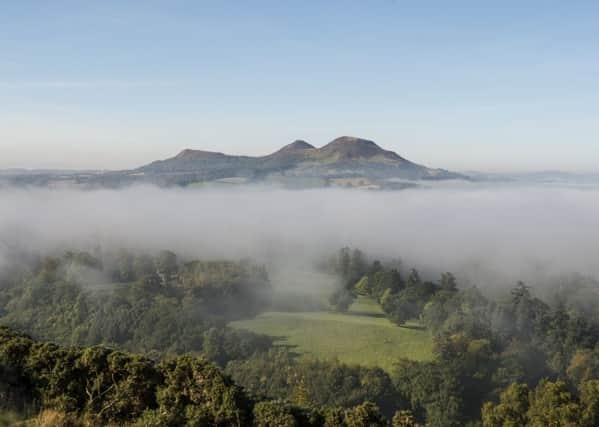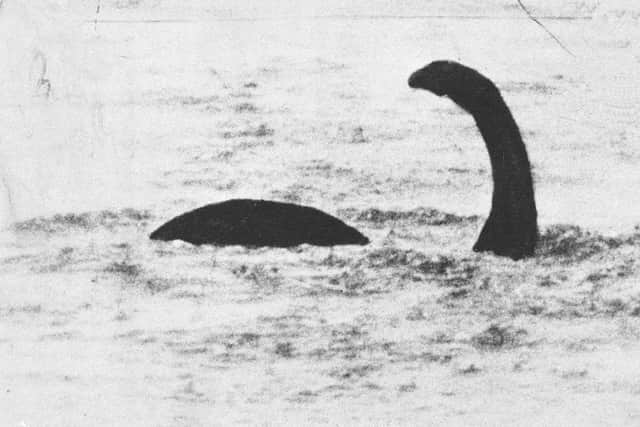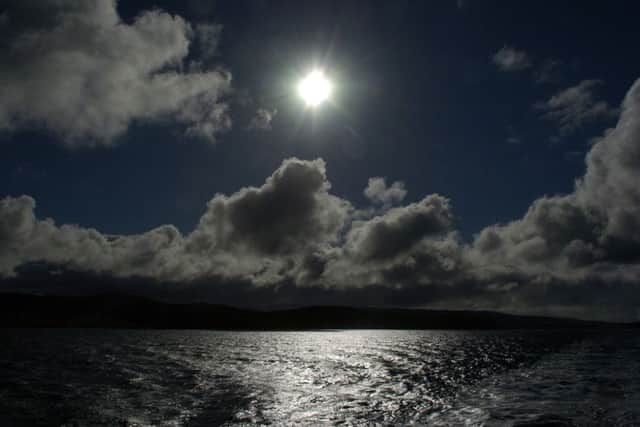Travel: A tour of Scotland's mythical sites and legends


Drumelzier
Drumelzier, a small village in the Borders, plays an important role in the story of Merlin, King Arthur’s right-hand man. According to legend, the wizard was trapped inside a tree by the enchantress Morgan le Fay there.
Drumelzier is also the site where the wizard was said to have been converted to Christianity as well as the site of his ‘three deaths’, where he was chased off a cliff, fell onto his own fishing rod and died with his head in the sea.


Advertisement
Hide AdAdvertisement
Hide AdPart of the altarstone at which Merlin was allegedly converted now resides in the Stobo Kirk church near Peebles, where it is also said Merlin was buried.
Eildon Hill
Eildon Hill is mentioned in the legend of Thomas the Rhymer, a 13th century Scots laird said to have met the Queen of Elfland on Eildon Hill and was then forced to spend seven years in the land of the elves.
Upon his return, Thomas was gifted the ability of foresight and prophecy, which he expressed through songs and rhyme. The seer was credited with a number of predictions which went on to come true. He predicted the union of the crowns of England and Scotland, as well as the death of King Alexander III.


A popular myth also suggests that the hill’s three peaks (which has led to it being known locally as the Eildon Hills) were broken in three by the 12th century scholar Michael Scot.
Melrose Abbey
The dilapidated monastery of Melrose Abbey has a history dating back to the 12th century and is most famous for being the supposed burial ground of Robert The Bruce’s heart. But there’s also a more supernatural tale from the Abbey’s distant past.
The legend, originally reported by William of Newburgh, was of a local chaplain who had abandoned his religious duties in favour of more secular activities such as fox-hunting. When the chaplain died, he returned to Melrose Abbey as a vampire, but was unable to enter due to the sanctity of the site. He then appeared in the home of a noblewoman who he had failed to look after in his time as a man of the faith. The chaplain’s body was then burnt to stop him rising from his coffin and terrifying locals.


Stirling Castle
Stirling Castle is steeped in historical drama. Several Scottish monarchs have been crowned there, and it has been the subject of several sieges.
Advertisement
Hide AdAdvertisement
Hide AdThe palace located within the walls of the castle was the childhood home of King James VI of Scotland. The future king had a lifelong fear of the supernatural and, especially, witchcraft.
The monarch was so concerned about the prospect of a visit from witches that he published a book in 1597, which featured tales of witches who could transform themselves in order to enter households and churches.


Proof of how seriously James VI took the threat of witchcraft can also be found at the castle, where ‘witch marks’ have been carved into the palace doors in order to protect the site from potential evil visitors.
Loch Ness
An unmissable Highland destination is home to one of the country’s most enduring legends. Deep within the bowels of Loch Ness is said to be a prehistoric long-necked creature which has been sporadically “sighted” since the early1930s, with reports of a “sea monster” in that area dating back to the 7th century.
Although the renowned “Surgeon’s Photograph” from 1934 (one of the most commonly shown images of the monster) was later proved to be a hoax, it hasn’t stopped tourists flocking in their hundreds of thousands to the site in the hope of glimpsing Nessie.
The Minch
A journey further up north leads to the location of a Celtic legend. The Minch is a stretch of water which separates the northwest Highlands from the Inner Hebrides, and is said to be home to aquatic creatures known as the ‘blue men of the Minch’, human-sized creatures with blue skin who lived within the water.
The figures were said to have long grey faces, long arms and blue headgear.
Advertisement
Hide AdAdvertisement
Hide AdMany theorists have looked to explain the origins of the blue men, with some suggesting that it was a personification of the sea itself. A prevailing modern theory suggests that these figures reported by locals were in fact North African slaves that the Vikings had brought to Ireland, who had been marooned on the Scottish coast.